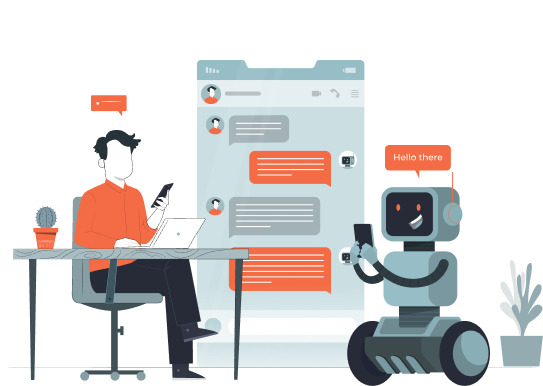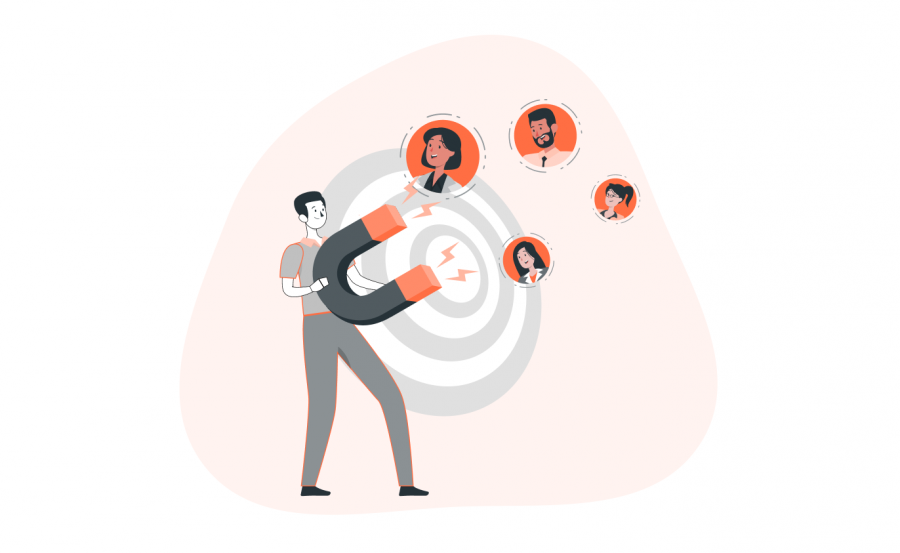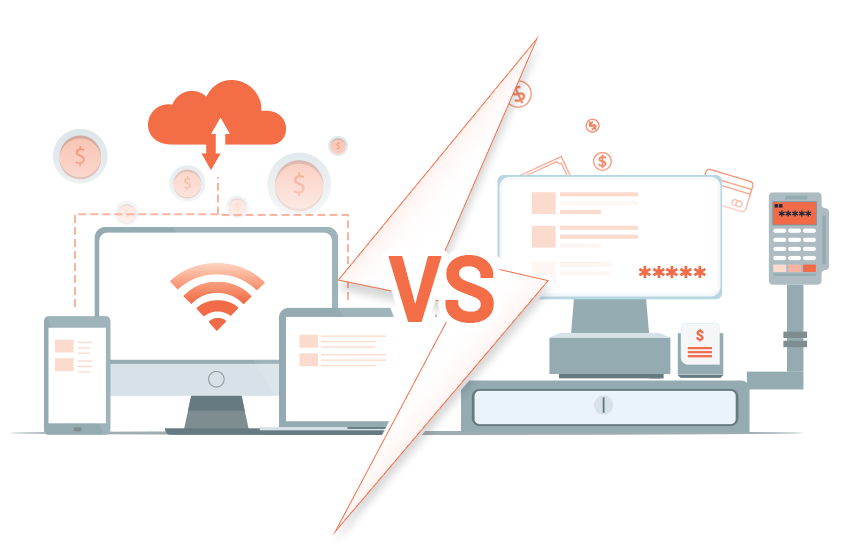Are you looking to improve your customer engagement and provide better support while reducing operational costs? An AI chatbot can help you achieve all these goals and more. Building a chatbot from scratch may seem daunting, but with the right approach, it’s entirely achievable. In this comprehensive guide, we’ll take you through the entire process of building an AI chatbot from scratch, covering everything from planning and natural language processing (NLP) to machine learning, integration, testing, and deployment.
Steps to Build AI Chatbot from Scratch
Planning Your AI Chatbot
The first step in building your chatbot is to plan its purpose and goals. You need to consider the types of questions and requests your customers typically have and how your chatbot can provide quick and efficient support. Define the user experience and conversation flow to ensure your chatbot is intuitive and easy to use. You should also choose the right platform and tools for development based on your budget, technical expertise, and desired features.
One essential aspect of planning your chatbot is to define its personality. Your chatbot’s personality will influence how it interacts with customers and can make a big difference in how well your chatbot is received. Consider your brand values and how you want your chatbot to represent your business.
Find out more : Why Should Businesses Adapt AI? [Infographic]
Natural Language Processing (NLP)
Natural language processing (NLP) is critical to building an effective AI chatbot. NLP is the ability of computers to understand and interpret human language. Your chatbot needs to understand the intent of customer requests and provide accurate and relevant responses. There are several techniques for training your chatbot to understand and respond to natural languages, such as machine learning and rule-based systems.
One of the most critical aspects of NLP is training your chatbot to recognize the nuances of human language. People often use idioms, slang, and other language variations that can be challenging for computers to understand. You can use techniques such as sentiment analysis to help your chatbot recognize the emotional context of customer requests, allowing it to provide more appropriate responses.
Machine Learning
Machine learning is another powerful tool for improving your chatbot’s performance. Machine learning involves training your chatbot using large amounts of data so that it can learn and adapt to new situations. There are several techniques for implementing machine learning in your chatbot, such as decision trees, neural networks, and reinforcement learning.
One of the key advantages of machine learning is that it allows your chatbot to improve over time. As your chatbot interacts with more customers, it can learn from those interactions and become more accurate and efficient. Machine learning can also help your chatbot handle more complex requests, such as requiring multiple steps or involving several variables.
Check Out : 9 Proven Ways AI and ML Can Improve Customer Experience
Integration
Integrating your chatbot with existing systems and software is crucial for a seamless user experience. You want your chatbot to work seamlessly with your website, mobile app, or other platforms where your customers interact with your business. You can also customize your chatbot’s responses and functionality based on specific user needs or preferences.
One of the most significant benefits of integrating your chatbot with existing systems is that it allows for more personalized customer interactions. Your chatbot can access customer data from your CRM or other systems, allowing it to provide more relevant and targeted support. You can also integrate your chatbot with other software, such as email marketing platforms or e-commerce systems, to provide a more comprehensive user experience.
Testing
Testing is an important part of building an effective chatbot. You need to test your chatbot to ensure that it’s working as intended and to identify any areas for improvement. Several best practices for testing your chatbot include defining test cases, using real customer data, and incorporating user feedback.
Defining test cases involves creating specific scenarios that your chatbot should be able to handle. This includes both common and edge cases, such as handling misspellings or providing appropriate responses to unexpected requests. You can also use real customer data to test your chatbot’s performance and ensure that it’s providing accurate and relevant responses. User feedback is also essential for identifying areas where your chatbot needs improvement and making adjustments accordingly.
Deployment
Once you’ve tested and refined your chatbot, it’s time to deploy it. Depending on your needs and technical expertise, there are several options for deploying your chatbot. You can choose to deploy your chatbot on-premise, in the cloud, or through a chatbot development platform.
Deploying your chatbot on-premise means that it’s installed and runs on your own servers. This provides greater control and customization options but requires more technical expertise and resources. Deploying in the cloud, on the other hand, means that your chatbot is hosted on a remote server, allowing for greater scalability and accessibility.
Another option is using a chatbot development platform like Dialogflow, Microsoft Bot Framework, or IBM Watson Assistant. These platforms provide pre-built templates, NLP tools, and machine learning capabilities, making it easier to build and deploy your chatbot without significant technical expertise.
Dig Deeper : How to Maintain Scroll Position in Angular Chat App
Optimizing Your AI Chatbot
Building an AI chatbot is just the beginning. To ensure that your chatbot is effective and provides value to your customers, you need to continually monitor and optimize its performance. This includes tracking metrics such as response time, user satisfaction, and conversation flow.
One of the key ways to optimize your chatbot is to incorporate user feedback. Listen to your customers and adjust your chatbot’s responses and functionality based on their needs and preferences. You can also use analytics tools to track user behavior and identify areas for improvement.
Another important aspect of optimizing your chatbot is to stay up-to-date with the latest developments in AI and NLP. As new technologies and techniques emerge, you can incorporate them into your chatbot to improve its performance and provide more value to your customers.
Also Read : The Role of Artificial Intelligence in the Web Development Process
Conclusion
Building an AI chatbot from scratch may seem like a daunting task, but with the right approach, it’s entirely achievable. Planning your chatbot’s purpose and goals, incorporating natural language processing and machine learning, integrating with existing systems, testing, and deploying are all crucial components of building an effective chatbot.
Optimizing your chatbot for performance and staying up-to-date with the latest developments in AI and NLP is also essential for ensuring that your chatbot provides value to your customers. By following the steps outlined in this guide and staying committed to ongoing optimization and improvement, you can build an AI chatbot that enhances customer engagement, improves support, and reduces operational costs.
At NeoITO, we understand the importance of providing exceptional customer experiences. That’s why we offer custom AI chatbot development services tailored to your business needs. Our team of experts has extensive experience in SaaS development and AI chatbots, and we’re committed to delivering service excellence at every stage of the development process.
If you’re looking to build an AI chatbot for your business but don’t know where to start, contact us today to learn more about how we can help.
Let us help you create a chatbot that delivers real value to your customers and helps you achieve your business goals.
FAQ
What programming languages are used to build AI chatbots?
Python, JavaScript, and Java are the most common programming languages used to build AI chatbots. These languages offer various tools and libraries for natural language processing, machine learning, and chatbot development.
How long does it take to build an AI chatbot from scratch?
The time it takes to build an AI chatbot from scratch depends on the complexity of the chatbot, the size of the development team, and the resources available. Building and launching an AI chatbot can take several weeks or months.
What is the difference between a rule-based chatbot and an AI chatbot?
A rule-based chatbot is programmed to respond to specific keywords and commands with pre-determined responses. An AI chatbot, on the other hand, uses natural language processing and machine learning algorithms to understand and respond to user inputs in a more human-like manner.
How do you train an AI chatbot ?
Training an AI chatbot involves providing large amounts of data and feedback to improve natural language processing and machine learning capabilities. Depending on the specific use case, the chatbot can be trained using supervised, unsupervised, or reinforcement learning algorithms.
How can an AI chatbot benefit my business?
An AI chatbot can benefit your business by providing 24/7 customer support, increasing efficiency by automating repetitive tasks, improving customer engagement and satisfaction, and providing valuable insights into user behavior and preferences. Additionally, AI chatbots can help reduce costs associated with hiring and training customer support staff.




